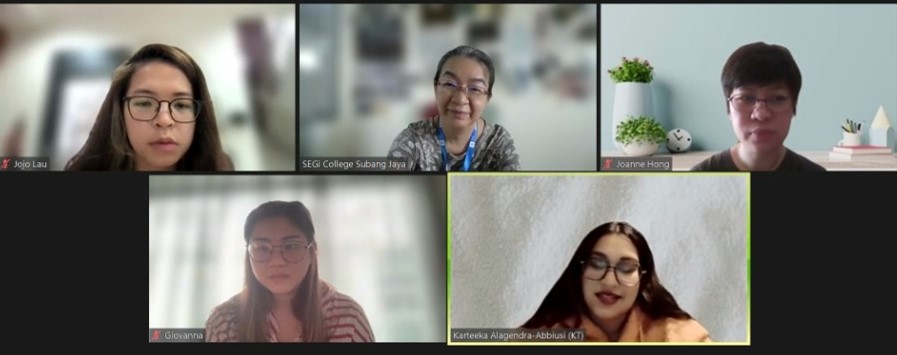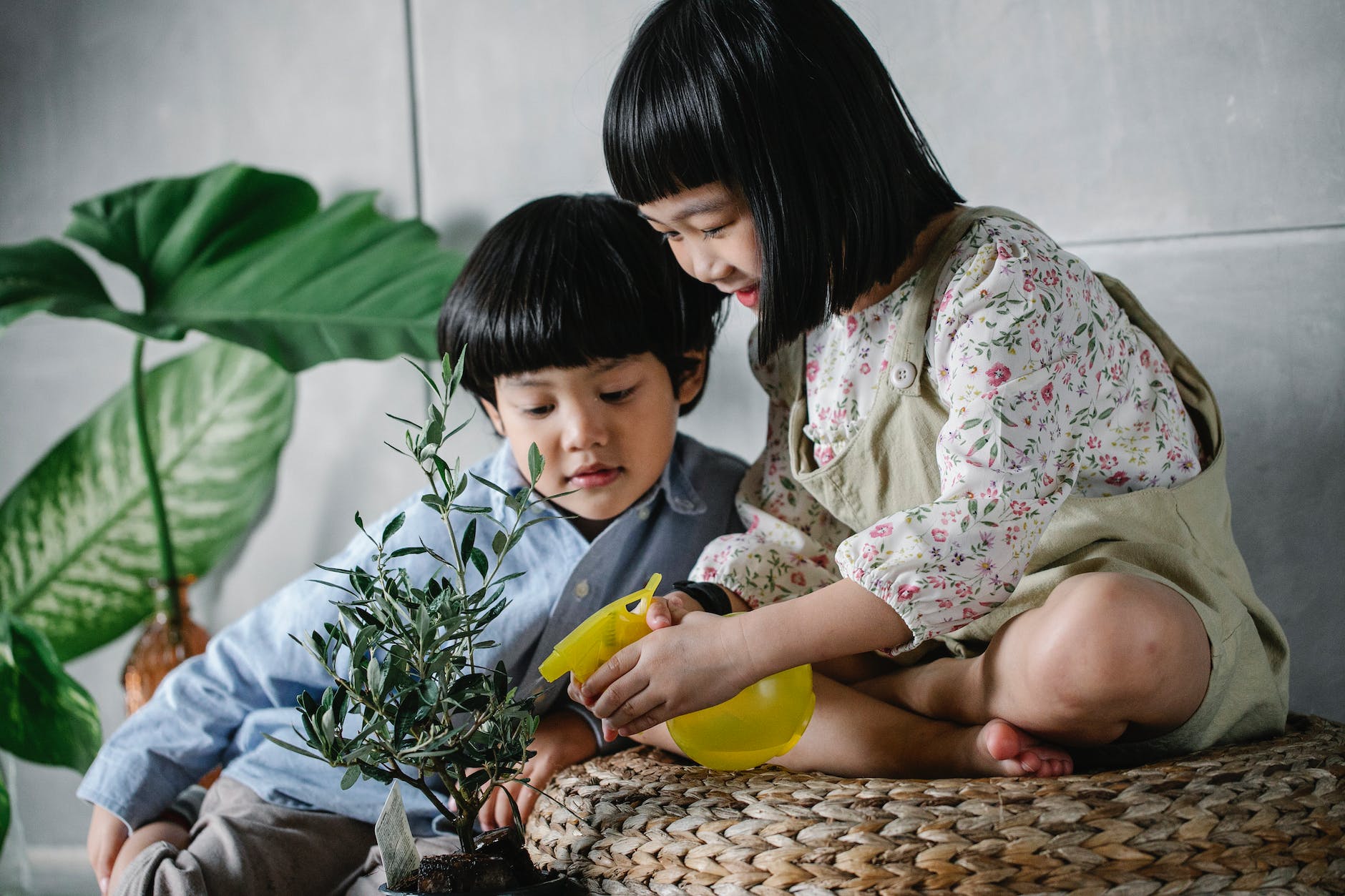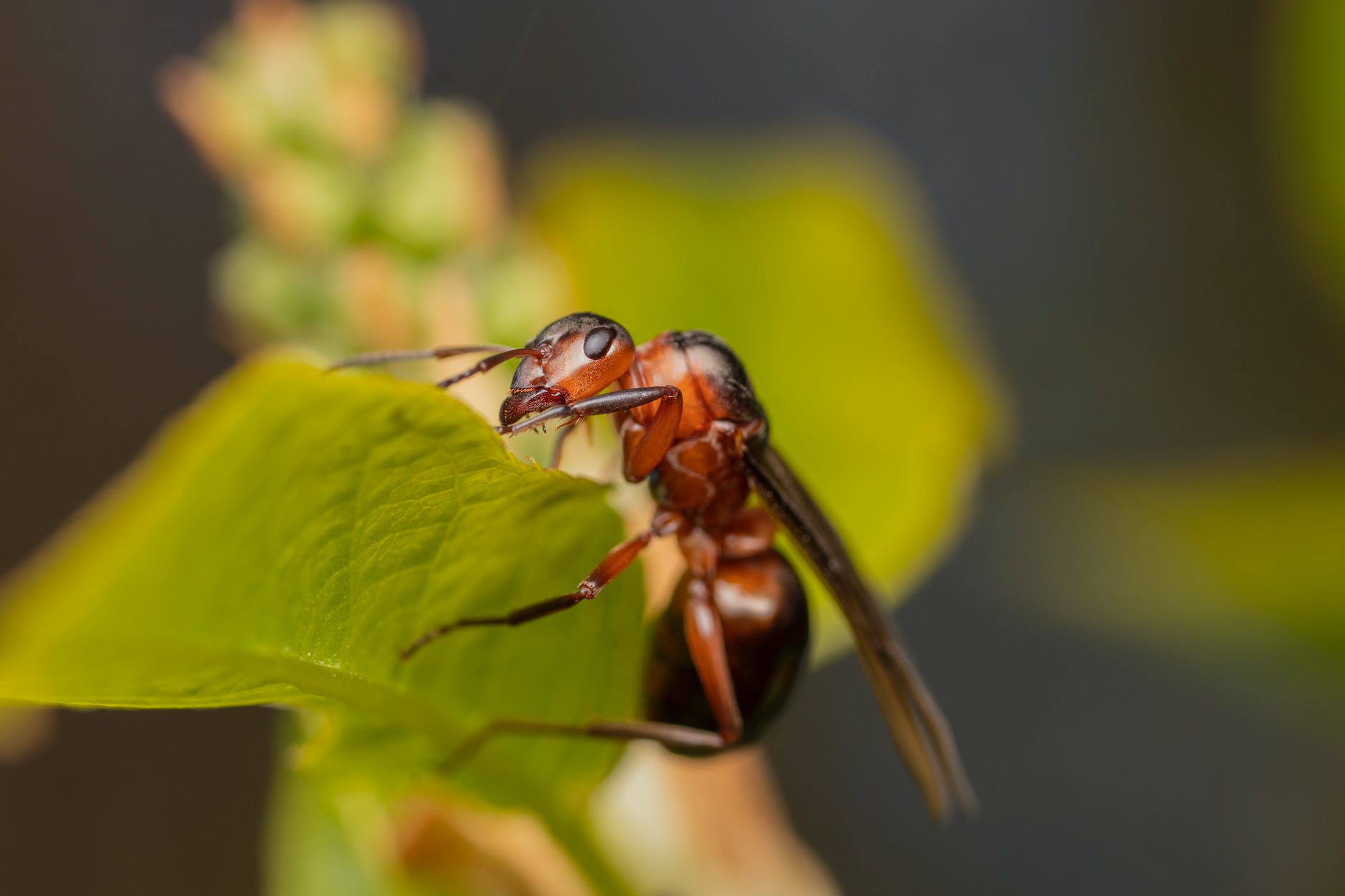Learning, research tells us, happens everywhere in early childhood. For this principle to be achieved, the early years practitioners need to be well trained. Experience and key qualities including flexibility, sensitivity, creativity, trust in children, patience, and openness to learning are crucial.
HEI Schools (https://www.heischools.com/) is research-based, and as such, this is one of their guiding principles, as highlighted in the recent talk by Heikki Vartia, Head of Global Partnerships (Asia), HEI SCHOOLS (Helsinki International Schools) on 23 February 2023 here at SEGi College Subang Jaya.

This wonderful learning feature of early childhood was also recently explored during one of my HEI Schools study circles – under Module 5 Section 3 of the HEI Schools Teacher diploma (offered at SEGi College as a short course). We looked at how learning is not limited to planned learning activities – and sometimes learning may not even happen during these sessions, especially when these are not planned in the interests of the children. We considered how learning can be fostered during basic care moments that include arrival and leaving times, meal times, dressing times, and transitions. We agreed that it takes training, and experience to recognise and build upon these learning opportunities. I often see missed opportunities for learning when observing ECE students on practicum – both in planned lessons as well as during care moments.

In a recent observation, a practicum student attempted a lesson on parts of a plant. She had a live plant in a pot that she used to introduce the flower, stem, leaves and roots. When taking the plant out of the pot to show the children the roots, the children spotted an ant in the soil and excitedly talked about the ant, wanting to know why it was in the pot. The practicum student merely acknowledged the ant, brushed off the children’s queries on the ant, and went on with her prepared lesson – a craft activity that required the children to glue the different parts of the plant onto the given sheets. The children might remember the names of the parts of the plant at best, but there was clearly little interest in the activity.

Had the practicum student recognised the students’ interest in the ant, a lively and rich discussion could have been developed on the role of ants in relation to plants, allowing the children to develop an appreciation for the interdependence of living organisms in nature. If the student were not ready to have had such a discussion, she could have at least said that they could discuss the ant and the plant later that week.
Discussions on the ant and plant could have been developed on any of the following lines, laying perhaps the foundation for a healthy interest in environmental science and conservation:
- how ants are important pollinators distributing seeds that help plants to reproduce.
- how ants help to aerate the soil, allowing water and air to reach plant roots more easily, helping plants to grow strong and healthy, or
- how ants help in the control of garden pests, preying on insects like caterpillars that can harm plants

For the practicum student or practitioner to ensure that learning happens anytime and everywhere, he or she must:
- have trust in their children – to listen to them, and be sensitive to their needs and interests
- be unafraid to let go of their lesson plans, to take risks and try new things; following the children’s needs when necessary; encouraging exploration and curiosity
- be flexible and creative to make learning fun and meaningful
- be strong in subject content, enthusiatic in learning so as to be confident enough to lead children to new learning opportunities
For those who believe that learning in early childhood can happen anywhere and at any time, contact us for details on the HEI School Teacher Diploma and be empowered to support this learning in your centres.
Leave a comment